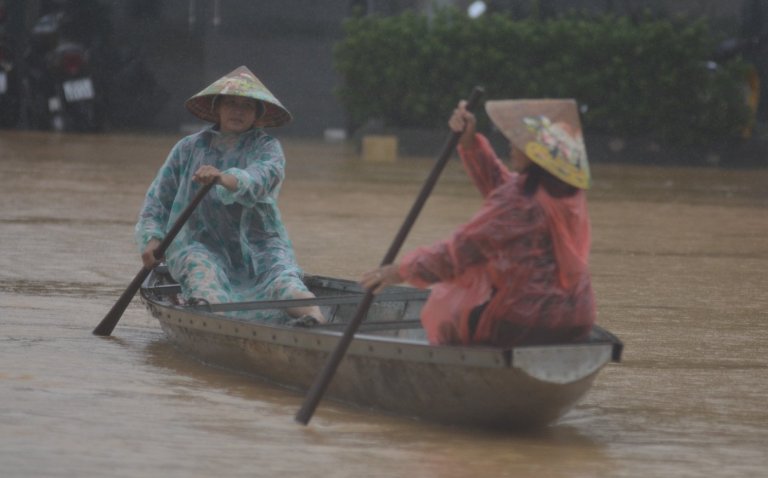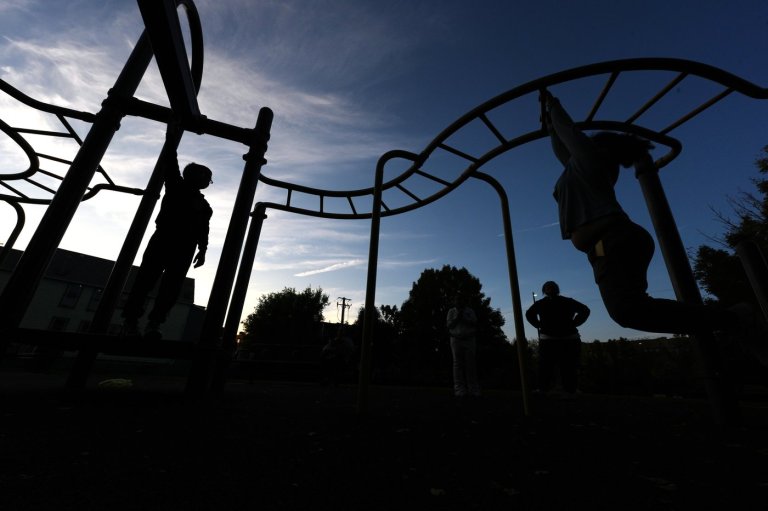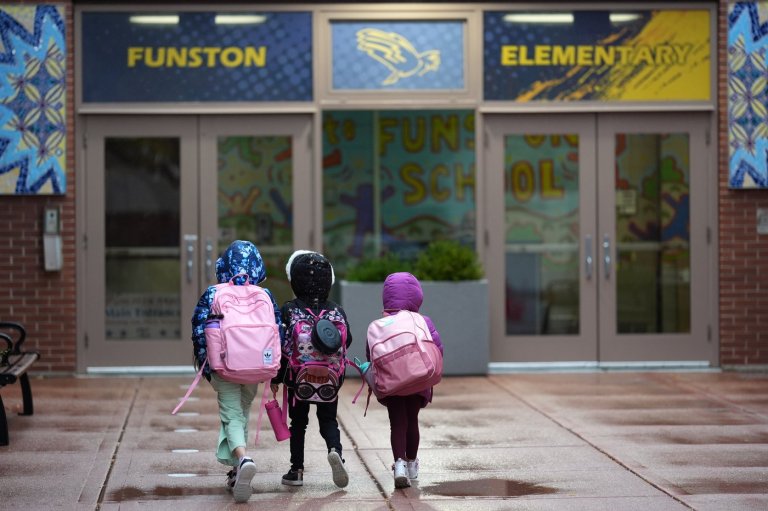Hurricane Melissa threatens catastrophic flash flooding and landslides in the Caribbean
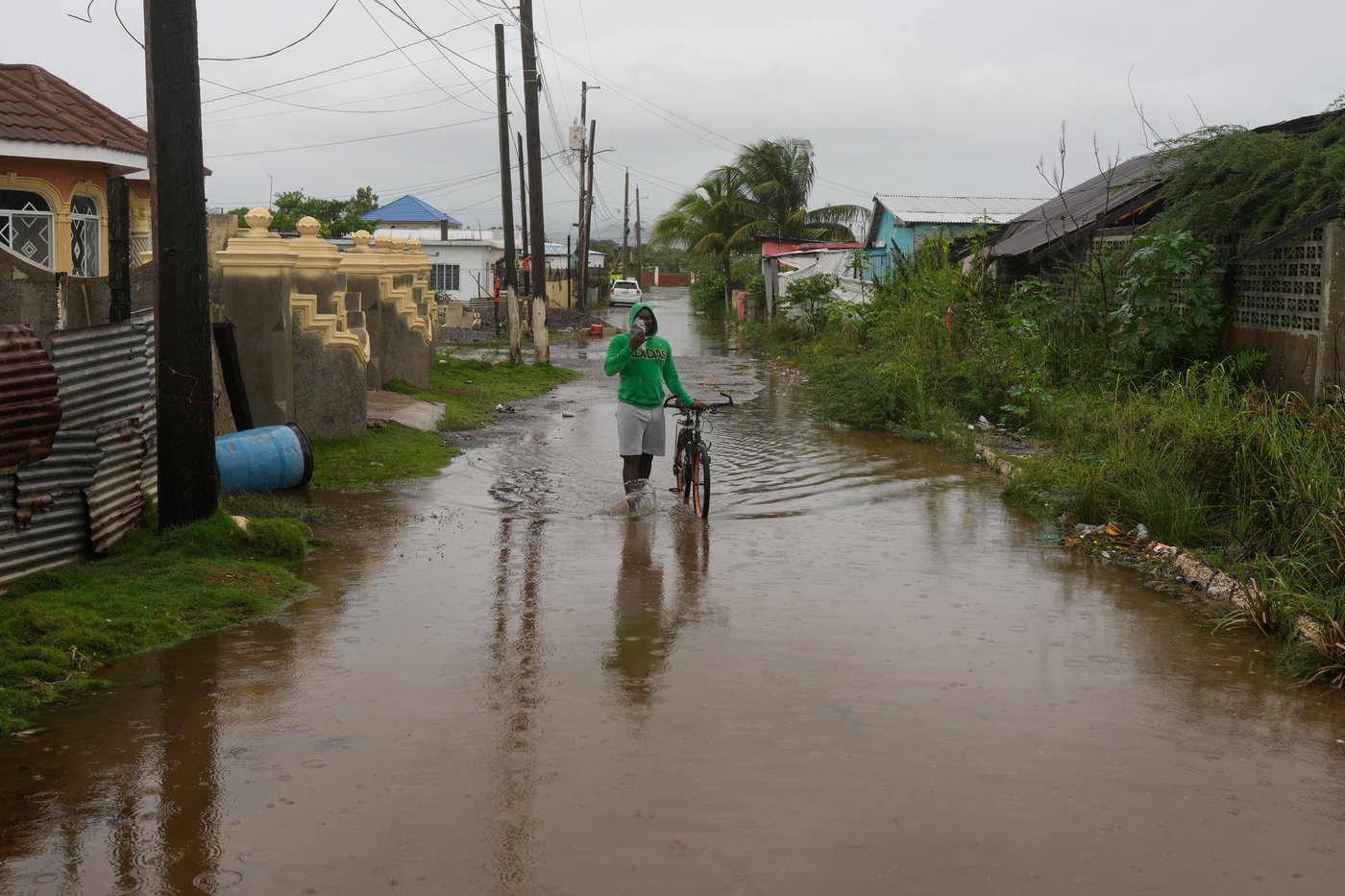
The U.S. National Hurricane Center warned Monday that Hurricane Melissa could cause catastrophic flash flooding and numerous landslides in parts of Jamaica, Cuba and Hispaniola.
The annual death toll due to landslides in the U.S. is an average of 25-50 people and thousands globally, according to the U.S. Geological Survey. Landslides — defined by the USGS as “the movement of a mass of rock, debris or earth down a slope” — are capable of traveling tens of miles (kilometers) per hour and can damage homes and block roads and rail lines.
Earthquakes, heavy rain and changes to the soil, such as construction or agricultural practices, can trigger landslides.
Melissa’s relatively slow movement, path over mountainous terrain and “tremendous” rainfall amounts up to 40 inches (102 centimeters) in certain localities are ingredients that are contributing to a “worrisome” landslide risk, said Brian Tang, a professor of atmospheric science at University at Albany.
“It’s not like an urban area where it just kind of drains slowly. It really runs very quickly down the hillsides,” said Tang. The heavy rainfall can cause erosion, exacerbate a slope’s weakness and result in a landslide.
According to Jamaica’s Office of Disaster Preparedness and Emergency Management, landslides are the most common natural hazard in the island nation. Hispaniola, which Haiti and the Dominican Republic share, and Cuba are also susceptible to landslides due to mountainous terrain and their locations in a seismically active zone.
The Blue Mountains in eastern Jamaica could be a region where landslides occur with heavy rain due to steep hill slopes, said Karl Lang, an assistant professor of geology at the Georgia Institute of Technology.
Lang said regions that have been clearcut for agriculture could be susceptible to landslides because the plants that previously grew there helped bind the soil together by the strength of their roots.
Some roads built on steep hills in Puerto Rico were affected by landslides when Hurricane Fiona (2022) and Hurricane Maria (2017) hit, said Lang. “Every time you cut into a steep slope, you make a steeper slope above the road,” he said.
“The real problem there is that you create the road that’s your conduit in and out of the location … and then the landslide dams the road. You create your own problem both by creating the increased probability of a landslide, but also by having those landslides occur where you need to go,” said Lang.
___
The Associated Press’ climate and environmental coverage receives financial support from multiple private foundations. AP is solely responsible for all content. Find AP’s standards for working with philanthropies, a list of supporters and funded coverage areas at AP.org.
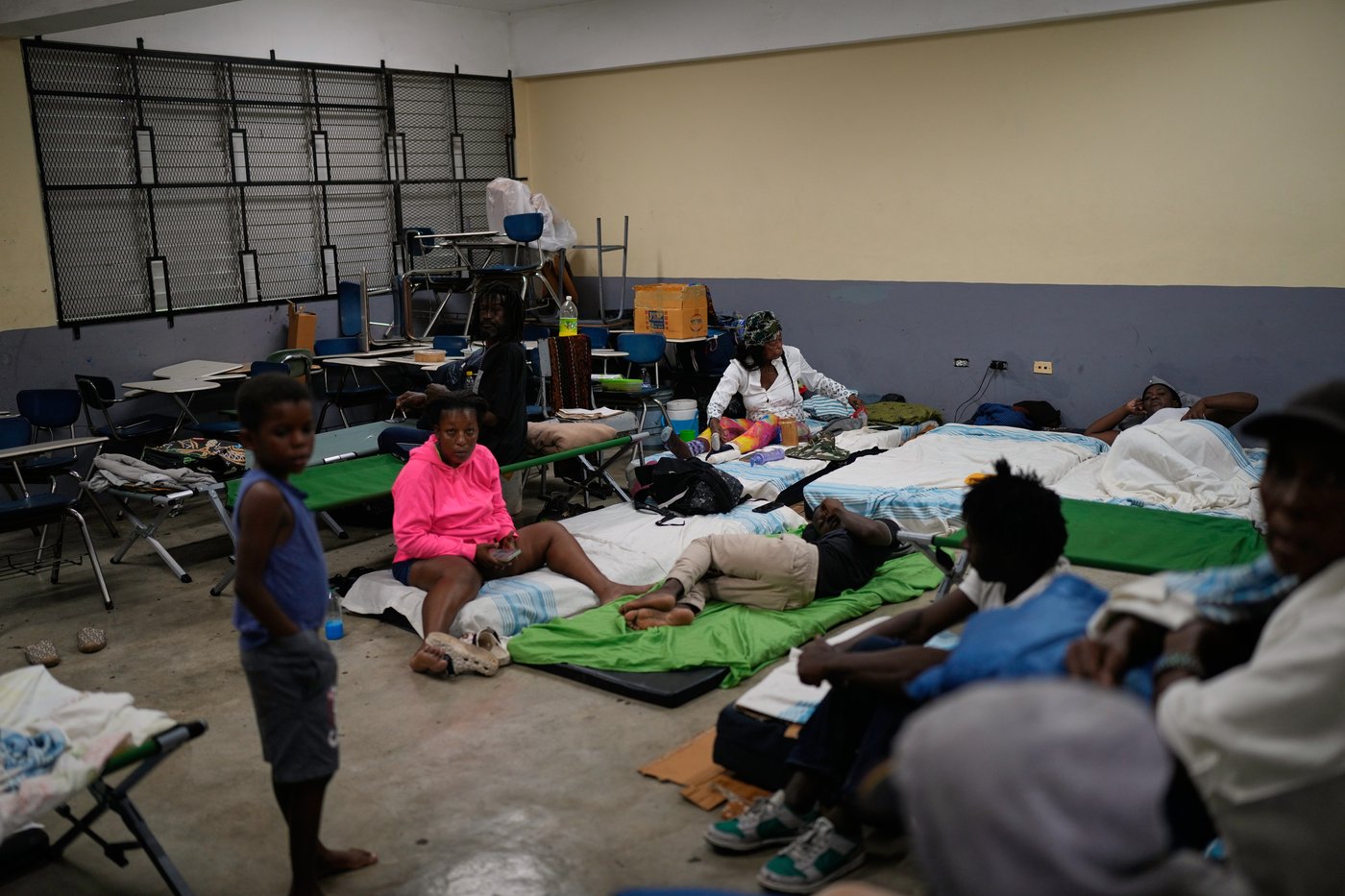
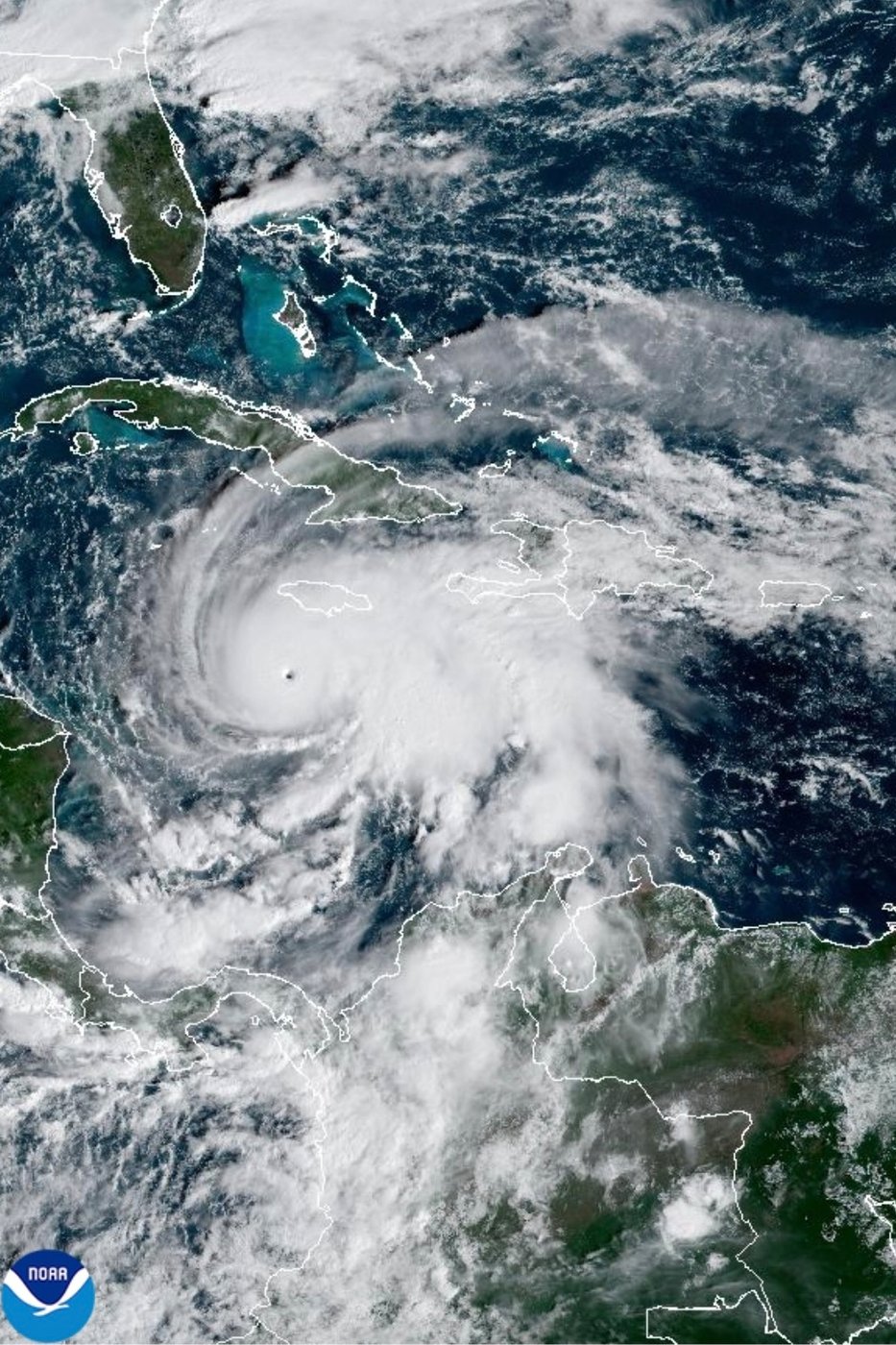
Join the Conversation!
Want to share your thoughts, add context, or connect with others in your community?
You must be logged in to post a comment.












